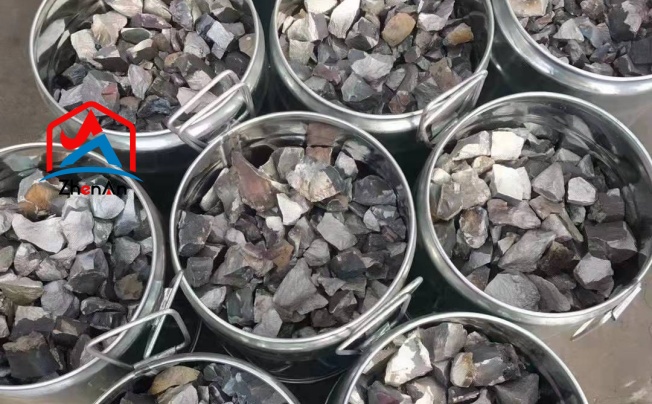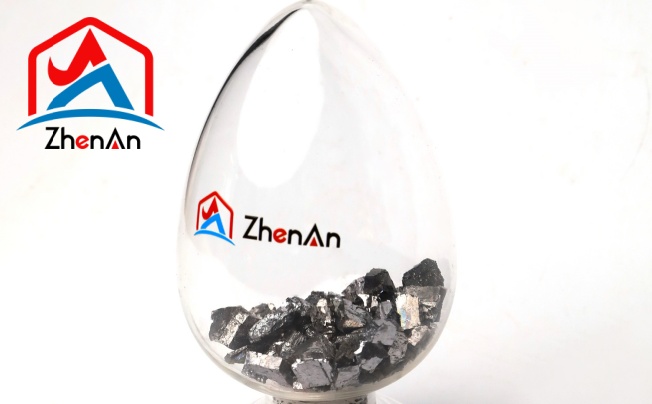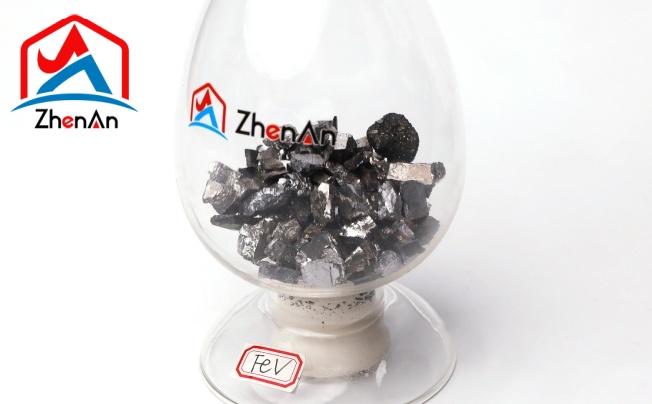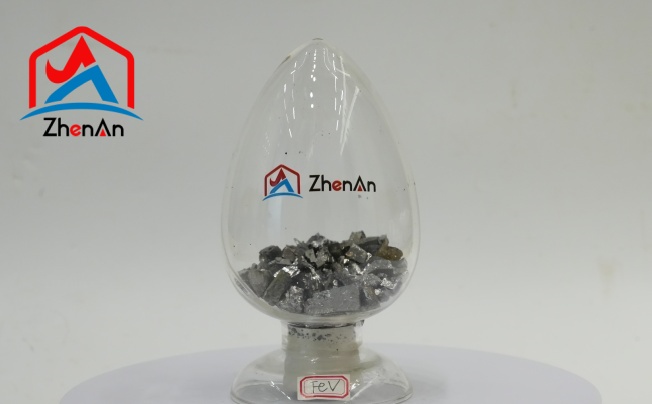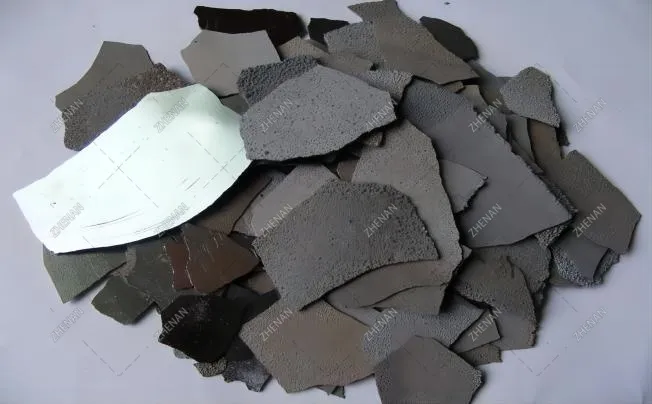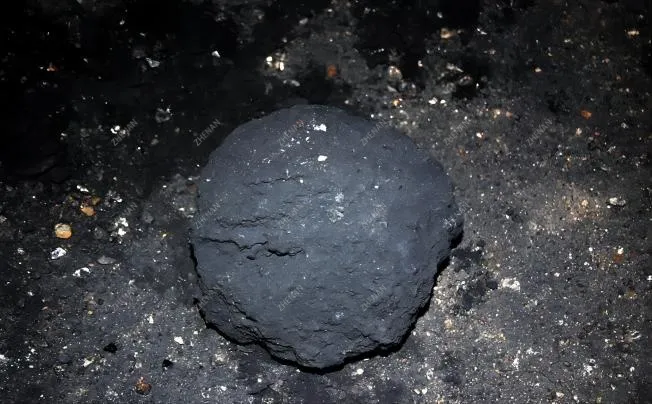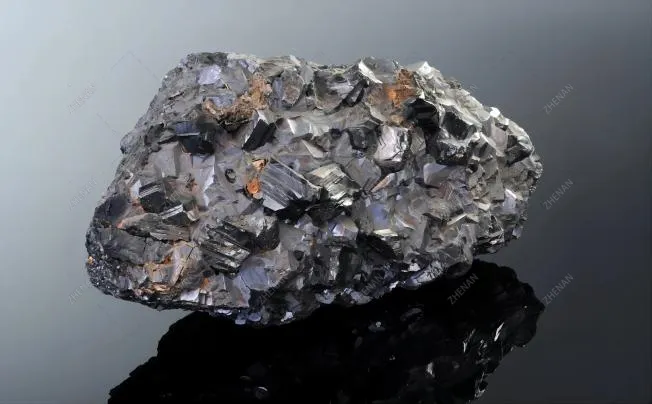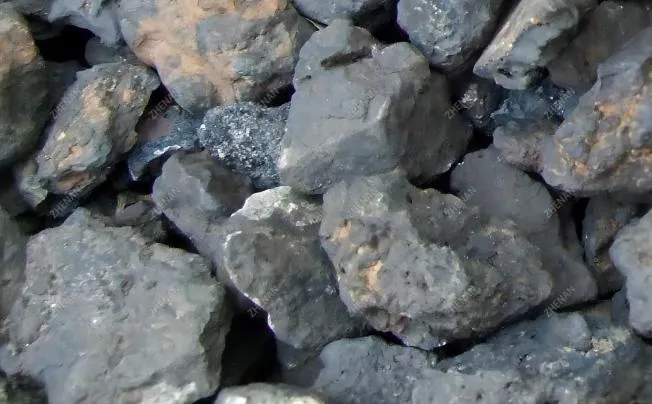What is Electrolytic Manganese?
Manganese metal obtained by electrolysis is referred to as electrolytic manganese. It is a highly pure form of manganese that finds application in some industries, such as chemical synthesis, steel production, and battery manufacture.
Electrolytic manganese is a crucial ingredient in the steel-making process because it gives the steel more strength, hardness, and resistance to corrosion. Additionally, it is employed in the production of lithium-ion and alkaline batteries. Furthermore, the chemical sector uses electrolytic manganese to produce a range of compounds based on manganese.
The Dissimilarities and Commonalities of Manganese Metal and Electrolytic Manganese Metal?
The Mn element makes up the majority of metallic manganese, with very minor impurities. Electrolytic manganese, metal manganese flakes, electrolytic manganese metal flakes, and other terms are among the many names for metal manganese. Are they equivalent?
The Chemical Composition of Manganese Metal
Electrolytic Manganese Metal Specification
| Grade | Mn min | C max | Si max | Fe max |
| Electrolytic Mn 99.8 | 99.8 | 0.02 | 0.005 | 0.03 |
| Electrolytic Mn 99.7 | 99.7 | 0.04 | 0.01 | 0.03 |
Manganese Metal Specification
| Grade | Mn min | C max | Si max | Al+Ca+Mg max |
| Electrolytic Mn 99.8 | 97 | 0.08 | 0.4 | 0.7 |
| Electrolytic Mn 99.7 | 96 | 0.08 | 0.5 | 0.7 |
The Manganese Metal Forms
Manganese metal products are commonly available in several forms, including flakes, lumps, briquettes, and power.
Electrolysis is the process used to create electrolytic manganese metal flakes. It has an uneven, silver-white flake that resembles iron; it is strong and brittle, shiny on one side and rough on the other.
It is possible to alter the manganese metal block’s size. To meet the needs of the customer, it can also be processed into manganese metal briquettes.
After being processed to make powder, it turns silver grey. When it comes into contact with diluted acid, it dissolves and displaces hydrogen easily. When it gets a little bit warmer than room temperature, it can also break down water and release hydrogen.
One can alter the manganese metal block’s size. Depending on what the customer wants, it can also be processed into manganese metal briquettes.
When processed into powder, it takes on a silver-grey color. It is readily oxidized in air, dissolves, and displaces hydrogen when it comes into contact with diluted acid, and when it gets a little bit warmer than room temperature, it can break down water and release hydrogen.
Applications for Manganese Metal
When making stainless steel, non-ferrous alloys, low-carbon hardness steel, and high-temperature alloys, manganese metal is mostly utilized as an alloying and deoxidizing agent.
Owing to its high purity and low impurity, electrolytic manganese metal finds extensive application in the manufacturing of copper and manganese, aluminium manganese alloy, stainless steel, and high-strength low alloy steel. In addition, it is a necessary raw material for various chemical and pharmaceutical industries, including ferrite, permanent magnet alloy components, and welding electrodes.
Market and Demand of Electrolytic Manganese
Recently, the primary application for electrolytic manganese metal has shifted to the global aluminium sector. Electrolytic manganese metal is also utilized as a deoxidizer and desulfurizer in the iron and steel sectors. Based on statistical data, 0.06 kg of electrolytic manganese metal is consumed for every tonne of steel. The application of electrolytic manganese powder in the metallurgical industry has been growing daily, with a notable development being the development of jet metallurgy technology with the advancement of metallurgical technology.
Manganese metal has been more prevalent in metallurgy in recent years as a result of the swift growth of special steel, particularly 200-series stainless steel. An elegant and lightweight building material, aluminum-manganese alloy is also an anticorrosive support material for subterranean engineering and decorating. In China, the aluminum-manganese alloy is progressively being used in typical residential construction, which has significantly increased the demand for metallic manganese.
Method of Producing Electrolytic Manganese
Mining for manganese ore: Since manganese ore is a necessary raw material for the manufacturing of electrolytic manganese, manganese ore must be recovered from the mine.
Processing of manganese ore: To achieve high-grade manganese concentrate, the extracted manganese ore is subjected to a variety of processing methods to get rid of impurities. Crushing, screening, washing, and magnetic separation are examples of processing techniques.
Production of electrolytic manganese: The raw material for this process is high-grade manganese concentrate. Manganese concentrate is dissolved in an electrolyte solution and an electric current is run through the solution throughout this procedure. As a result, electrolytic metallic manganese is deposited on the cathode.
Purification and refining: To reach the necessary quality and purity standards, the electrolytic manganese metal produced by the electrolysis process can go through additional purification and refining procedures.
Packaging and Sales: After electrolysis, the finished product is packaged and made ready for distribution to different companies that utilize manganese in their production processes.




